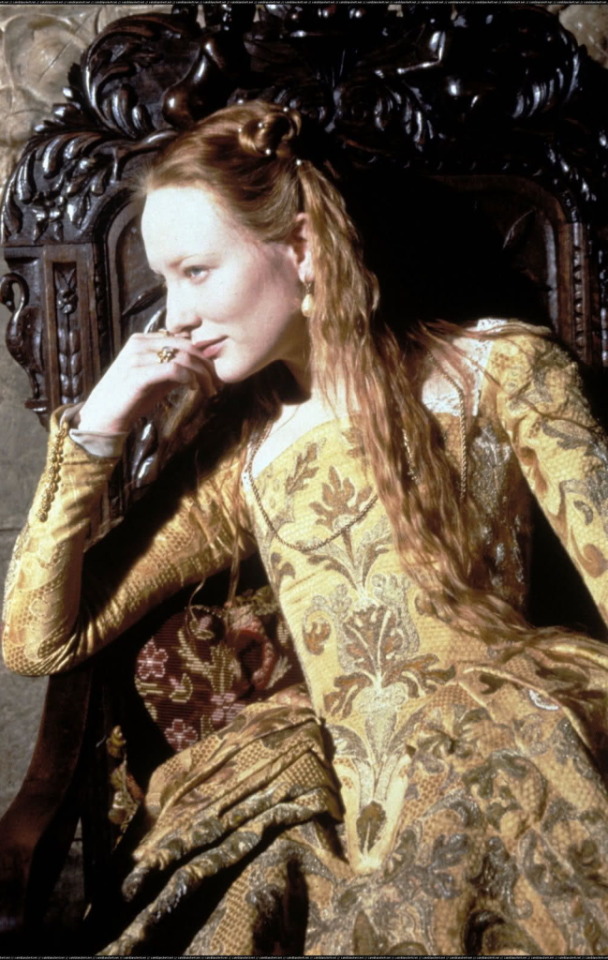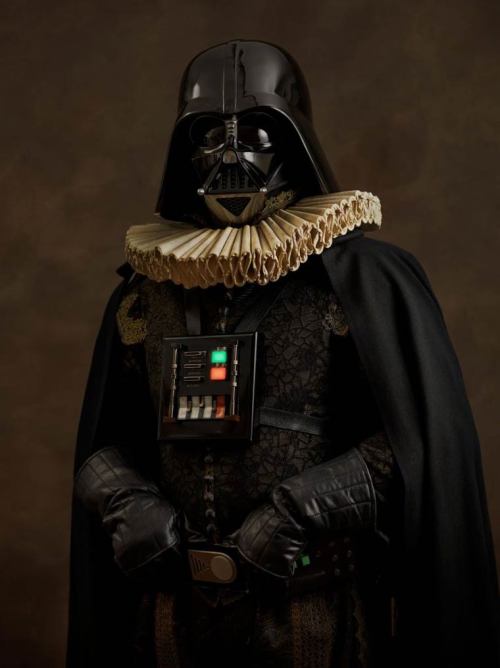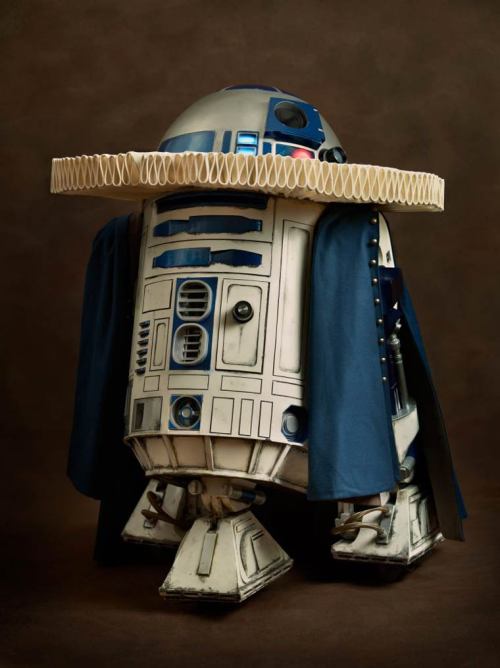#elizabethan era
ART - When Pop Culture and superheroes meet classical Flemish painting : “Super Flemish” by Sacha Goldberger.
The excellent Super Flemish project of French photographer Sacha Goldberger, who transports the Pop Culture and superheroes into classical Flemish painting and fashion of the Elizabethan era… Some gorgeous retro versions of Superman, Batman, Spiderman, Darth Vader and so on! l Via Ufunk.
Post link

Shakespeare in Love (1998) dir. John Madden










One Dress a Week Challenge
May: Gold & Silver
Elizabeth / Cate Blanchett as Elizabeth I
Although this movie’s costumes were known for being loose interpretations of historical styles rather than painstakingly accurate, they did do quite a faithful recreation of Elizabeth’s actual coronation gown, right down to the tassels on the closure! The thing that is surprising is that it’s just one of her regular dresses that she wears to a dance earlier in the film. I looked up the date of Elizabeth I’s coronation, and it was two months after the death of Mary, so in real life she had ample time to have a new gown made for the occasion.
The dress looks far less grand without the accompanying ruff, jewelry, and ermine-edged cloak. In fact, I don’t think I even registered that it was the same garment on first viewing.
(EDIT:@theladyelizabeth mentioned on a reblog that IRL, Elizabeth wore Mary’s coronation gown, just altered to fit her. But in that case, she still would be unlikely to be wearing it to dances!)
The Houses As Time Periods
Hufflepuff: Elizabethan Era (1558-1603) - golden crowns, precious jewels, hooped dresses, puffed collars, grand feasts, sweet music during a party, skirts swishing around feet during a dance, footsteps clicking on tile floors, crystal chandeliers, and clapping after a beautiful performance
Ravenclaw: The Renaissance (1300-1600) - detailed paintings, breathtaking sculptures, creativity at its height, revolutionary inventions, bright clothing, leather boots, entertaining plays, music, large banquets, and dancing lasting into the night
Gryffindor: Medieval (400-1400) - royalty, knights in shining armor, swords clashing, crested shields, beautiful horses, grand staircases, lavish parties, ball gowns, feathered hats, and torches lighting long hallways
Slytherin: Victorian Era (1837-1901) - intricate wardrobe, ornate decorations, candles dripping with wax, vast libraries filled with old books, feathered quills and ink, long letters, curled writing, clawfoot tubs, lace veils, and a crackling flame in a brick fireplace

Portrait of Sir William Brereton, 1st Baron Brereton, 1579










St. Bartholomew’s Day Massacre
The St. Bartholomew’s Day Massacre in 1572 was a targeted group of assassinations and a wave of Catholic mob violence, directed against the Huguenots (French Protestants) during the French Wars of Religion. It was traditionally believed to have been instigated by Catherine de Medici, mother of King Charles IX. Many of the most wealthy and prominent Huguenots had gathered in largely Catholic Paris to attend the wedding of King Charles IX. The original plot was directed at a group of Huguenot leaders, but the slaughter extended throughout Paris and the surrounding countryside to all Protestants.
At the time of the massacre, Elizabeth I of England’s ambassador to France, Sir Francis Walsingham, was present in Paris along with his pregnant wife and child. The Walsinghams opened their Parisian home as a refuge to fleeing Huguenots. The family managed to escape the carnage and return to England. Protestant countries, such as England, were horrified at the events. The massacre was later dramatized in Elizabethan theater by Christopher Marlowe as a story of Machiavellianism with Catherine de Medici playing the main aggressor.
Lady Ursula Walsingham
Born in 1532, Ursula was the daughter of Henry St Barbe and Eleanor Lewknor. She first married Sir Richard Worsley, Captain of the Isle of Wight. She bore Worsley two sons, John and George. When Worsley died in 1565, Ursula was considered a wealthy woman owning two estates left to her by her late husband.
Shortly after her first husband died, Ursula remarried to Sir Francis Walsingham. The same year, her sons by Worsley, John and George, were killed in a gunpowder accident at their estate on the Isle of Wight. Ursula and Francis had two daughters: Frances born in 1767 who married Sir Phillip Sidney, and Mary who died young.
Sir Francis served as English Ambassador to the French court, and Ursula traveled with him. When the St. Bartholomew’s Day Massacre took place in 1572, Sir Francis and Ursula opened their home in Paris to Protestants seeking refuge from the terror. Ursula escaped to England with her daughters as soon as it was safe where Sir Francis later rejoined her. 
Ursula and Francis had a comfortably happy marriage and kept busy with their separate duties. He was a loyal “spymaster” to Queen Elizabeth I. She was a devoted wife and mother. When Francis died in 1590, Ursula lived on an annuity at their house in Barn Elms. She outlived him by twelve years and died in 1602.

One face, one voice, one habit, and two persons ; a natural perspective that is, and is not !

Self-Portrait, Nicholas Hilliard, 1577










